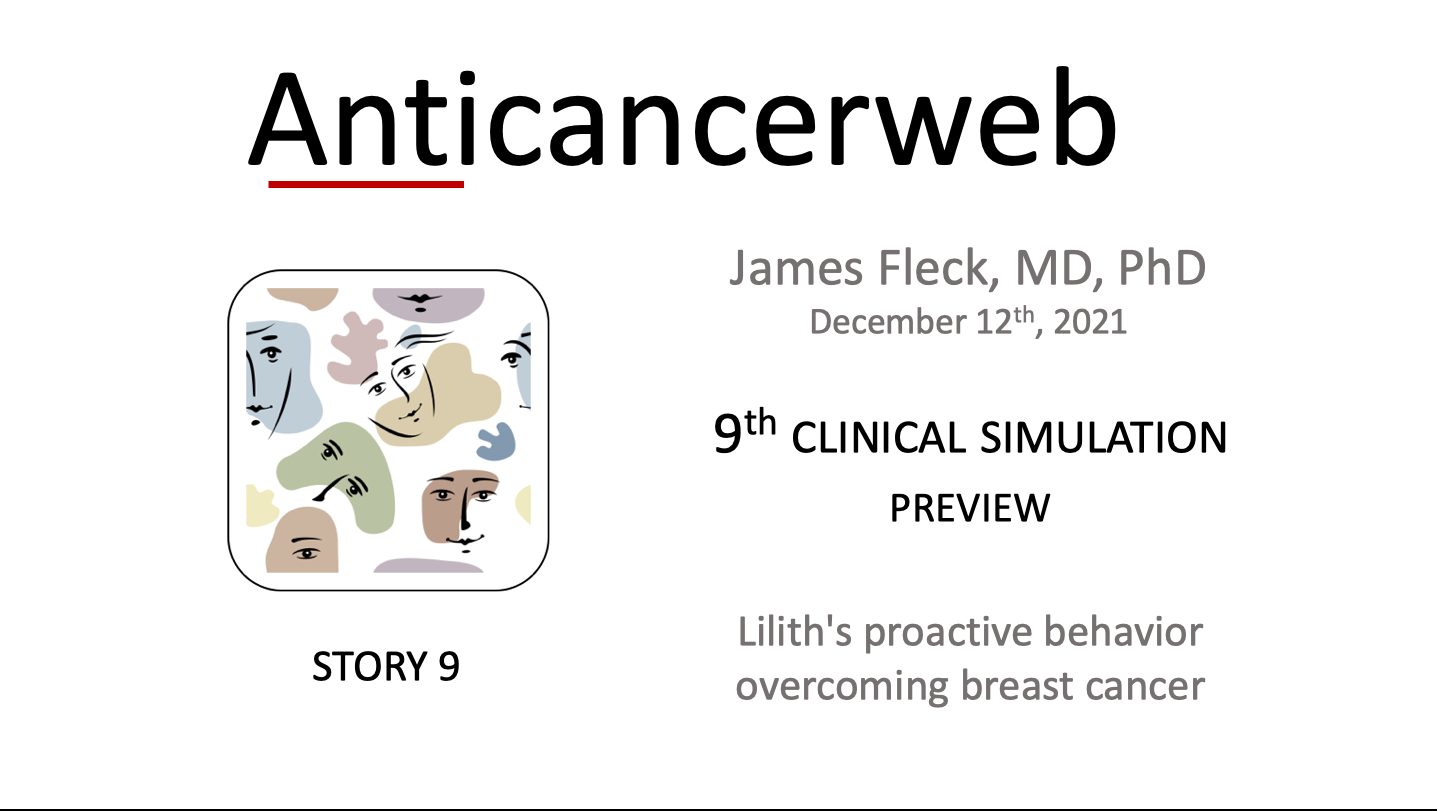
Lilith's Proactive Behavior
God created Adam, who was alone. He then created a woman and called her Lilith. Adam and Lilith began to fight. Lilith argued: "We are equal to each other since we were both created from earth". But they would not listen to one another and Lilith left him behind. At once, God sent three angels, who were in charge of medicine, to bring her back.
The Alphabet of ben Sira Question #5 (23a-b)
Lyla's clinical report
(Fictional narrative)*
Lyla was a 27-year-old young lady when she was diagnosed with triple negative breast cancer as a result of a double mutation in the BRCA1 and BRCA2 tumor suppressor genes. Lyla had a proactive demeanor, very similar to her near-namesake Lilith. Early on, she expressed self-determination and took control of her life. She used to take full responsibility for her decisions and actions. She developed a strong sense of self-criticism and actively sought to rescue a previous wrong, hasty, and traumatic decision. She resolved old family conflicts, revealing emotional balance and reasoning. After cancer diagnosis, she established strong bonds with the entire medical team, being sensitive and adhering to the recommendations. She took the lead in exercising shared decision-making, focusing on her goals. Despite all adversities and challenges, Lyla managed to build a favorable outcome.
Abstract
Overview of the emotional flow and decisive moments in the clinical care of a very young woman diagnosed with an aggressive subtype of breast cancer. Although she had a very proactive behavior and proved to be willful, the doctor had to find a positive and rational way to communicate with the patient. Here you will find the plot segmentation, describing how the doctor coped with the challenges presented by Lyla's clinical case: The exposition (PLOT 1) took place with an unwanted pregnancy in which Raul criticizes Lyla's hasty and reckless attitude. The conflicted couple decide to live apart. The raising action (PLOT 2) occurred during Lyla's first appointment. Despite being very young, she faced the diagnosis of cancer with a mature and resolute attitude. The conflict (PLOT 3) was focused on decision making about the extent of surgical breast resection. The climax (PLOT 4) brought a double challenge, as in addition to triple negative breast cancer diagnosis, she received a positive result for both BRCA1 and BRCA2 mutations. In the falling action (PLOT 5) Lyla faced a breast cancer reconstructive surgery, involved herself in an assisted reproduction and started a surrogacy. The resolution (PLOT 6) will be presented by the storyteller in a comprehensive biopsychosocial approach.
Emotional flow
The graph shown below is a simplified depiction of Lyla’s emotional flow. In each PLOT element, the doctor-patient relationship leads to emotions, occurring at different time intervals (△ t). Interventions are responsible for the emotional flow, which is unique to each case. The continuous sinuous blue wave represents the oscillating patient’s emotional status, with the larger inflections representing the “turning points”.
Author's perception of the patient's emotional flow and turning points
*James Fleck, MD, PhD is a full professor of medicine at UFRGS, Brazil
© Copyright Anticancerweb 2021

Please login to write your comment.
If you do not have an account at Anticancerweb Portal, register now.